Being the youngest of six boys is a badge of honor that I wear proudly. Growing up in my rather large family was not always easy. Most of the time money was pretty tight and we were not afforded some of the luxuries that other families may have been. Hand-me-downs and bumming lunch money from friends were standard operating procedures for a great deal of my childhood.
No matter how hard things got, there was always one constant: sport. Football and powerlifting were the two main obsessions in our household. As the youngest Maloney lad, I had many great examples to learn from and just as many expectations to live up to. You guessed it, that’s me on top of that pyramid crying my eyes out about something I don’t remember—I’m sure one of my older brothers had recently given me “something to cry about” (a phrase we heard a lot).
just as many expectations to live up to. You guessed it, that’s me on top of that pyramid crying my eyes out about something I don’t remember—I’m sure one of my older brothers had recently given me “something to cry about” (a phrase we heard a lot).
Look beyond the cuteness of this photo and you will see one of the messages of this post. Training to compete in powerlifting events provided a foundation on which I built my lifelong fitness. The stronger the foundation, the bigger and more impactful things you can stack on top. Powerlifting provided so many opportunities; we didn’t know it then, but we were solidifying practices that are looked on today as the first best steps in overall fitness improvement. The stronger you are, the more accomplishments are to be had.
I want to share with you some of the huge gains training as a powerlifter has provided me over the years—not all physical, either. These are results I know you can have when you implement powerlifting training ideas into your fitness program.
Discipline
Consistent with most aspects of your life, strong discipline will always lead to strong results. It takes hard work to get better at anything, and it takes discipline to consistently provide that hard work. To follow a specific program and sound plan of attack is not always easy to do. Making the decision to get better at something and taking the proper and consistent steps to get there takes discipline. I’m not referring to only the physical stuff, but also the mental and emotional stuff as well. Those days spent in the weight room filled me with proper etiquette and respect for that environment and the discipline it took to be a part of it.
Rick Huse paints a brilliant picture of the atmosphere of those days in the weight room in his post, Old-School Weightlifting Gym Etiquette. Those rules and concepts set the tone for a strong work ethic in the gym that was ingrained early and often and has served me and countless others well along the fitness path. “There are two types of pain in this world: the temporary pain of discipline, or the permanent pain of regret” is a motto I live by, and it was learned early in life.
Absolute Strength
In this post, I referenced a “bucket” analogy that I have adopted from legendary coach Dan John. Think of absolute strength as a bucket. The bigger the bucket, the more concepts or abilities you can put into the bucket. Building absolute strength will result in gains in many other fitness aspects such as power, endurance, mobility, motor control, and sport-specific skills. The specific lifts in powerlifting, Squat, Bench Press, and Dead Lift, transfer to overall fitness capabilities in many movement patterns and sport skills. We all squat to sit down, we all push something away from our bodies, and we definitely bend over and pick up heavy things. Being stronger in these lifts not only allows you to compete at a high level in this sport, but it carries over to daily life and our pursuit of feeling better, losing weight, and gaining muscle.
I have seen the shirts that read, “Strong is the new sexy,” and it might be, but strong has always been the foundation for overall athleticism and functional capabilities. I am pretty confident that without growing my “bucket” in those early days in the weight room, there are many things I wouldn’t have been able to accomplish down the road and to this day. Get strong, and stay strong! Your tomorrow will thank you for it.
Accomplishment
Implementing powerlifting strategies provides a progressive message to fitness that is so important. Unless you came from the planet Krypton and wear a red cape, it is unlikely you were able to step into a squat rack and get low on a 1,000-pound barbell-bending squat. But for most of us, that is what we wanted: for that bar to bend! We had to work up to that kind of performance or ultimately pay the price of injury. When you see the weight go up after all of the hard work, there is nothing like that sense of accomplishment. Powerlifting is full of those victories, and they can happen often. There are few things more powerful than seeing your hard work pay off in big ways. The motivation and inspiration you feel when you hit a PR (personal record) or when you add that extra 10 pounds you were unable to do last week is so impactful and will keep you striving for more.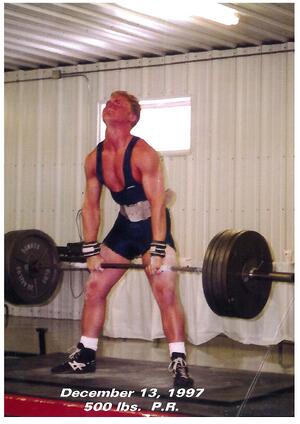
If you are just starting out, you can see big improvements quickly, spurring you on to get even better and stronger. Conversely, from defeat comes progress. Not getting a lift in a meet, or dropping out on that last set in the weight room, can be just as powerful as, if not more powerful than, the successes you have. You realize you have to work harder, be more disciplined, and improve that absolute strength.
Strength was stressed early and often in my early years. That has led to an ever-improving fitness level throughout my life, and it can do the same for you. Witnessing huge lifts, like the one in the photo to the right of my brother Andy, fired me up to be better and stronger, and has paid huge dividends in my athletic and fitness life. I look back on those early days in the weight room training with my brothers—the smells, loud music, and the emotions that packed each training session—and I know that because of it, I have been able to succeed not only in the physical realm, but in the mental realm as well.
Tony Maloney is the NIFS Fitness Center Manager and leads Group Training on Sunday through Thursday.
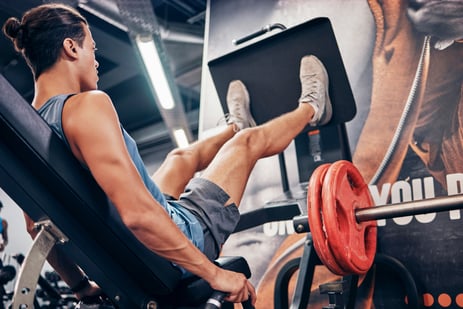 Conjugate training is a term coined and expanded upon by the late, great Louie Simmons, a well-known strength coach at Westside Barbell. Conjugate means to bring together, so conjugate training is literally joining together different training styles into one micro or meso training cycle. Conjugate training is bringing together training styles such as power, strength, agility, and hypertrophy into one training cycle.
Conjugate training is a term coined and expanded upon by the late, great Louie Simmons, a well-known strength coach at Westside Barbell. Conjugate means to bring together, so conjugate training is literally joining together different training styles into one micro or meso training cycle. Conjugate training is bringing together training styles such as power, strength, agility, and hypertrophy into one training cycle. 

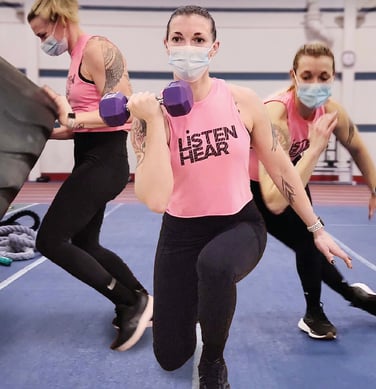 With the world now instantly accessible through technology, it’s easy to understand why a growing number of people expect things to be done in a shorter amount of time. Like many others, I’m a big fan of things that are fast and effective, and that includes my workouts. High-intensity circuit training does just that by providing an effective and convenient way to increase exercise results in less time.
With the world now instantly accessible through technology, it’s easy to understand why a growing number of people expect things to be done in a shorter amount of time. Like many others, I’m a big fan of things that are fast and effective, and that includes my workouts. High-intensity circuit training does just that by providing an effective and convenient way to increase exercise results in less time. 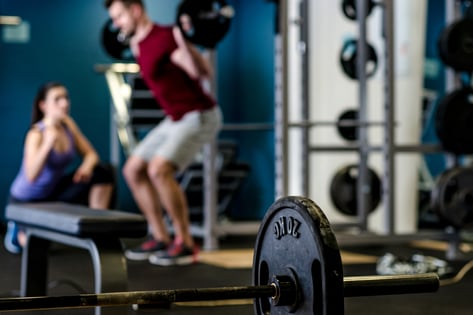 If you are an athlete, powerlifter, or just a person who loves to see progress, you might want to try out cluster set training. This is an advanced type of training designed to get you stronger faster than traditional set training.
If you are an athlete, powerlifter, or just a person who loves to see progress, you might want to try out cluster set training. This is an advanced type of training designed to get you stronger faster than traditional set training. 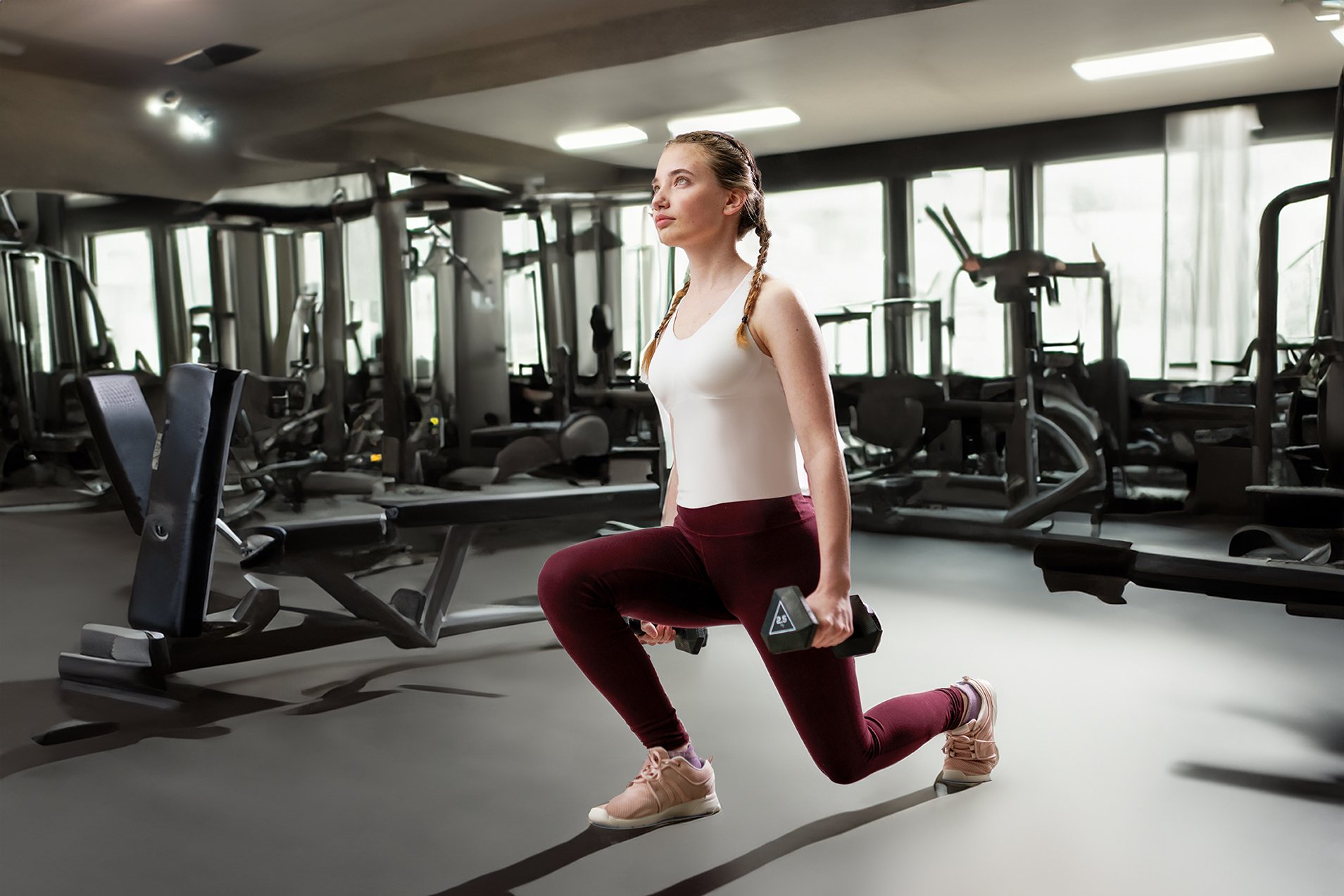
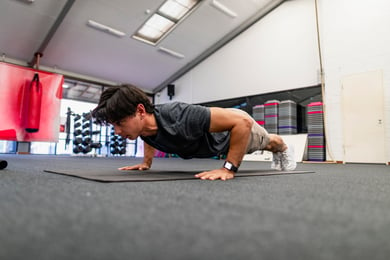
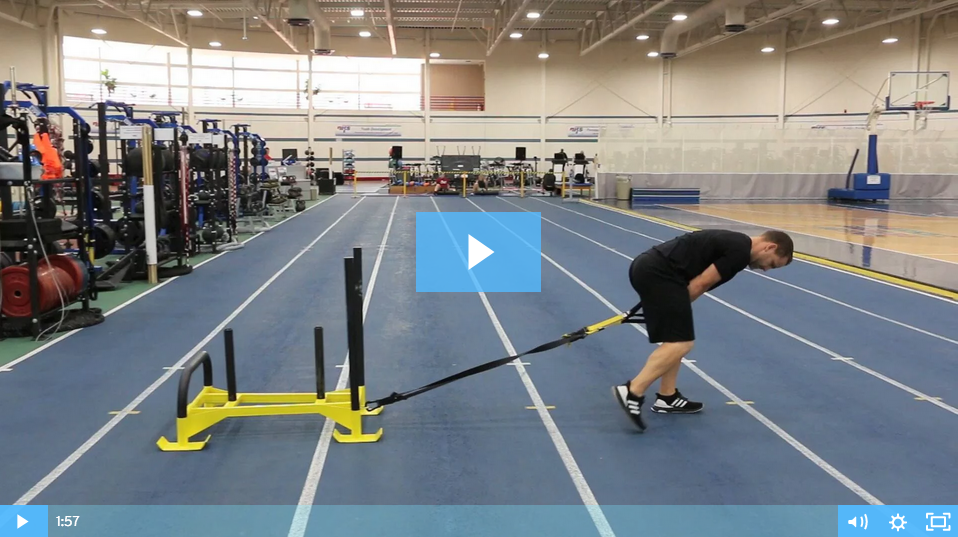

 In my
In my 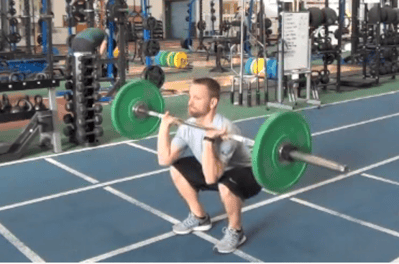 Burning more calories, developing more strength, and building the ultimate body in less time is an equation I think we can all get behind. In our world of “on-the-go” fitness—and, well, pretty much everything—finding ways to get more done in less time is a priority in many of our lives. But being effective and getting things done are two different things, in my opinion, and movement does not always result in progress. Being efficient and getting results at the same time in your fitness programming takes planning and choosing the best exercises for your desired outcomes.
Burning more calories, developing more strength, and building the ultimate body in less time is an equation I think we can all get behind. In our world of “on-the-go” fitness—and, well, pretty much everything—finding ways to get more done in less time is a priority in many of our lives. But being effective and getting things done are two different things, in my opinion, and movement does not always result in progress. Being efficient and getting results at the same time in your fitness programming takes planning and choosing the best exercises for your desired outcomes.
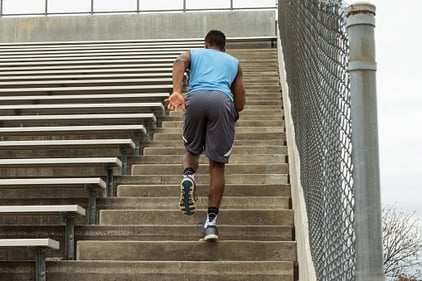 Summertime is in full swing, and whether you are a competitive or recreational athlete, changes are definitely happening to your normal schedule. For high school and collegiate athletes, more time is spent at home and for general fitness enthusiasts, more options are available to you to fulfill your exercise quota (in other words,
Summertime is in full swing, and whether you are a competitive or recreational athlete, changes are definitely happening to your normal schedule. For high school and collegiate athletes, more time is spent at home and for general fitness enthusiasts, more options are available to you to fulfill your exercise quota (in other words,  In NFL and college football, each week, a star player is hit with a sidelining injury. Possibly lost for multiple weeks, months, or at worst, the whole season. Injuries that are usually the result of bad luck or not being as physically prepared as they could have been. Hopefully your team, **knock on wood**, does not or will not have to deal with this at any point during their season. My team, my beloved
In NFL and college football, each week, a star player is hit with a sidelining injury. Possibly lost for multiple weeks, months, or at worst, the whole season. Injuries that are usually the result of bad luck or not being as physically prepared as they could have been. Hopefully your team, **knock on wood**, does not or will not have to deal with this at any point during their season. My team, my beloved  As you can see, progression of strength (and power with other lifts) has to be maintained year round. This goes for all athletes throughout their seasons. If they want to continue to improve, they must prevent the loss. It is as important of a cycle of training as any. Without a properly structured in-season maintenance phase, you will be starting from the same place every time you start a new offseason training program.
As you can see, progression of strength (and power with other lifts) has to be maintained year round. This goes for all athletes throughout their seasons. If they want to continue to improve, they must prevent the loss. It is as important of a cycle of training as any. Without a properly structured in-season maintenance phase, you will be starting from the same place every time you start a new offseason training program. just as many expectations to live up to. You guessed it, that’s me on top of that pyramid crying my eyes out about something I don’t remember—I’m sure one of my older brothers had recently given me “something to cry about” (a phrase we heard a lot).
just as many expectations to live up to. You guessed it, that’s me on top of that pyramid crying my eyes out about something I don’t remember—I’m sure one of my older brothers had recently given me “something to cry about” (a phrase we heard a lot).